8 Biggest Mistakes Idaho Killer Suspect Bryan Kohberger Made That Led to His Arrest
“He made every mistake you could make,” a former FBI investigator maintains
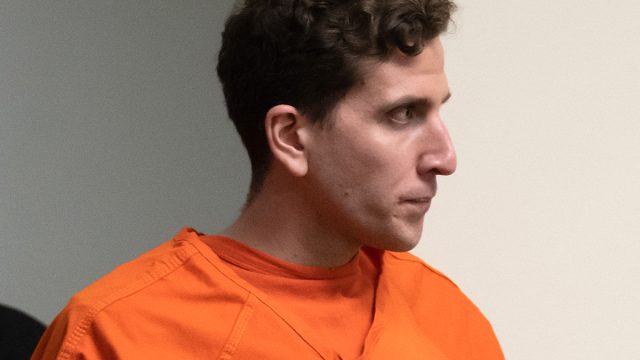
The quadruple murder of four University of Idaho students, Kaylee Goncalves, 21; Madison Mogen, 21; Xana Kernodle, 20; and Ethan Chapin, 20, has rocked the world. After seven weeks, investigators arrested Bryan Kohberger and charged him with the gruesome crimes. Despite the fact that the Pennsylvania native was studying for his Ph.D. in criminology, experts maintain that he failed to commit the perfect crime.
“He made every mistake you could make,” FBI investigator Bill Daly argued to crime scene expert Mark Fuhrman in Moscow Murders: Convicting a Killer, a new Fox Nation special. “He got in over his head.” Here are the eight biggest mistakes the alleged killer made, according to experts.
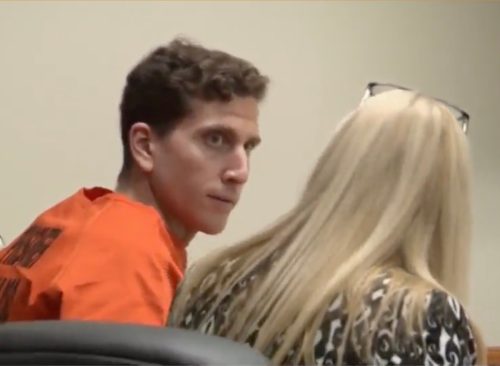
“What’s interesting is how people are talking about how smart he is,” expert criminal profiler and psychotherapist John Kelly told Fox News Digital. “Looking at it from an investigative standpoint and looking at the mistakes he made: Criminology 101. He looks like a moron to me.”
One of the biggest mistakes? “If you’re going to stalk somebody and kill somebody the worst place to do it is indoors,” he said. “Because there’s a really good chance you’re gonna leave evidence, versus an outside crime scene.”

There have been reports that Kohberger inserted himself into online true crime groups on Facebook and Reddit. “Any type of interjection, I know it’s sort of the psychology sometimes, but this is how they catch them,” Kelly said. “They think they’re outsmarting people, but they’re not.”
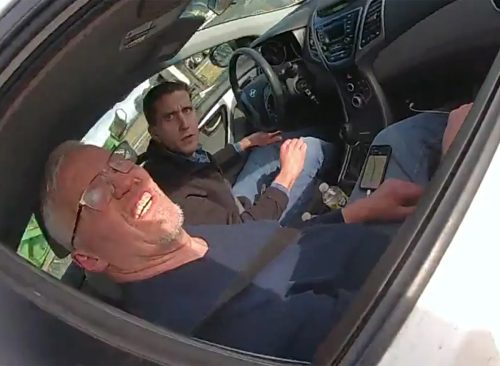
According to Kelly, “flight can be a sign of guilt.” A few weeks after the crimes, Kohberger drove with his father from Washington to his parents’ house in Pennsylvania. He was even pulled over on the long drive there.

During an interview with NewsNation, Casey Jordan, a professor of justice and law at Western Connecticut State University, pointed out that Kohberger opted to commit the crimes in Idaho instead of his side of the border, in Washington. “The biggest thing, if you want to chalk up, if he is indeed guilty, how idiotic this is, is that he is in a death penalty state that doesn’t have the insanity defense. It’s the only state in the union that doesn’t have the insanity defense.”

One of the biggest mistakes Kohberger made? He kept his cell phone on him at all times and only seemed to turn it off the day of the murders, Pete Yachmetz, a former FBI agent who spent 30 years as an investigator before starting his own security firm, pointed out to the NY Post. Per the arrest affidavit released on January 9, per cell phone data, he was around the King Road home “on at least 12 occasions prior to November 13, 2022,” which implies he was surveilling it.
“All of these occasions, except for one, occurred in the late evening and early morning hours of their respective days,” the affidavit explains. “He was obviously surveilling [the victims],” Yachmetz says, adding that the digital footprint implied the murders were “pretty premeditated.” And, due to the number of times he was at the crime scene, “He would be termed by profilers as a very organized offender who scripted and planned every aspect of the murders,” he added.
“[He was] most likely thinking [the crime] through, visualizing the best entry method, and fastest method of escape.” And, while his phone was off during the two-hour period investigators believe the murders took place, his phone pinged in Pullman, where he lived, around 2:47 a.m. and went silent until about 4:48 a.m., just 18 minutes after police believe the murders took place. Even more incriminating is that ping placed him on the highway just south of Moscow just before 5 a.m., heading west back home.
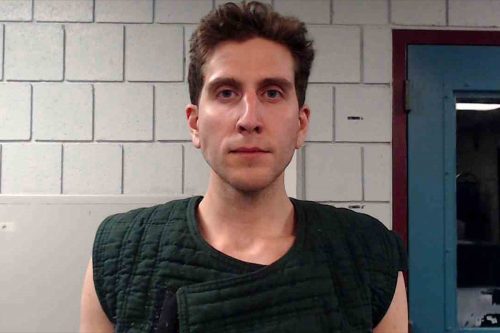
Leaving his knife sheath was the “smoking gun,” according to Steve Busch, the co-Founder of the FBI Forensic Genetic Genealogy Team. “This is as close to a smoking gun as you can get, right? And it’s at the crime scene. It’s next to the victim. We’ve got the one thing that we absolutely know belongs to the suspect,” Busch explained to host Mark Fuhrman on a Fox Nation special.
“The fact that the sheath is found in the third floor bedroom, where Kaylee and Maddie are, to me, that says that’s where he started. When you lose your sheath on the third floor, is it because you’re in a hurry? Is it because it was stuffed in your waistband or in the pockets of a hoodie, and it came out? And by the time you realize it, you’re already going down the road? Why even bring the sheath in?” retired FBI Special Agent Maureen O’Connell posited.
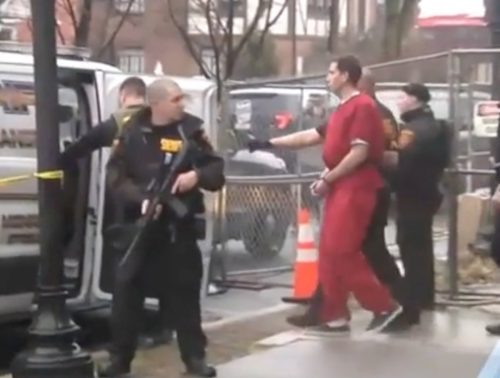
One major piece of evidence investigators were working with was a 2013 White Hyundai Elantra spotted near the crime scene. While Kohberger managed to get a new license plate for the car, it remained a “rolling crime scene” after he drove it back home to Albrightsville, Pennsylvania – a last-ditch effort that failed miserably. According to Daly, this was his attempt to “park it, clean it, leave it.” And, because he most likely got into the car with blood on him, investigators probably have more evidence linking him to the crimes.
“He got in with blood on him. And we know he had blood on his shoes because he left it right in front of D.M.’s [surviving roommate’s] door. So we’ve got blood in the car, maybe on the steering wheel, maybe on the door handle, maybe on the inside of the door. So we want the car. We don’t want it destroyed. We don’t want it burned,” Daly stressed.
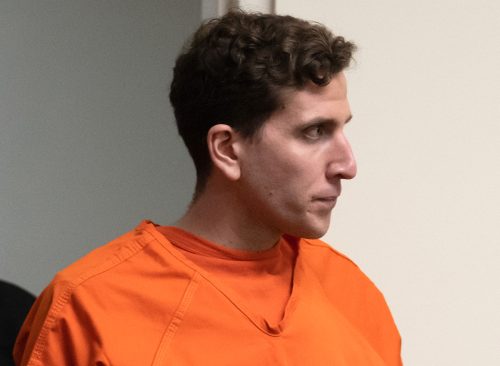
Daly also pointed out that leaving behind a witness, Taylor Mortensen, was another major faux pas. “A witness saw him. He didn’t eliminate the witness,” he said. Mortensen told authorities that she saw a man, around 5-foot-10 with an athletic build, dressed in black with “bushy eyebrows” inside the house the morning of the killings.














